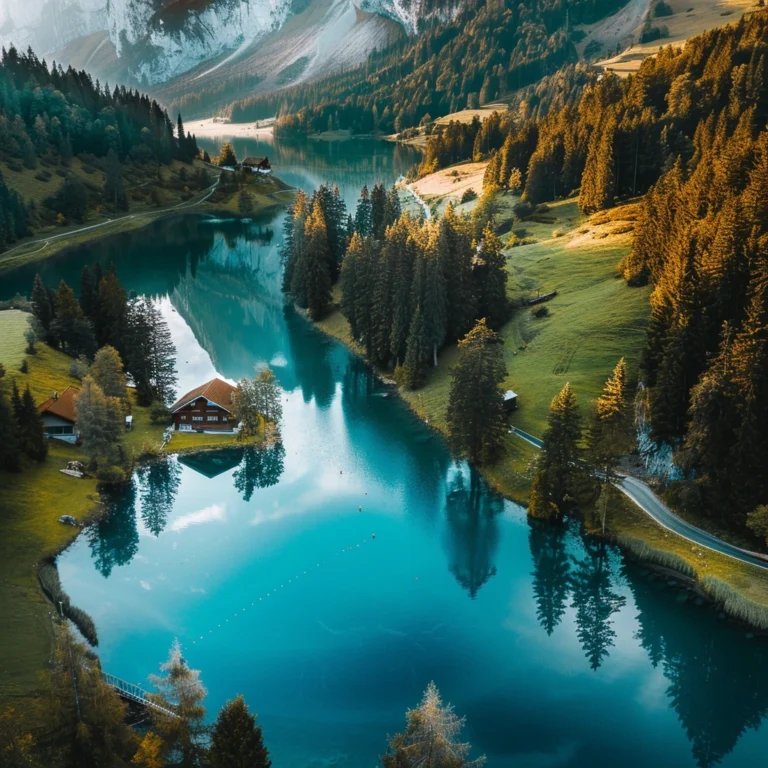
EASYTRIP.AI IS FREE TO REGISTER & LOGIN
Start to plan your adventure now!
EASYTRIP.AI IS FREE TO REGISTER & LOGIN
Start to plan your adventure now!
Questions? Comments? Visit our FAQ or Support Center for help.
Register FREE or login now. Start to plan your adventure now!
With over 1 million people and get exclusive early access, travel tips, giveaways and more!
Might Interest You: